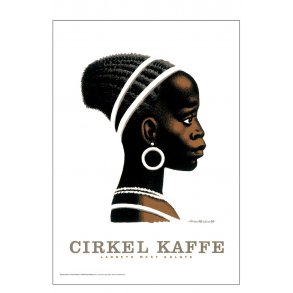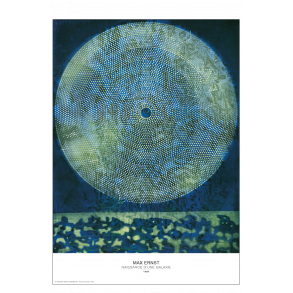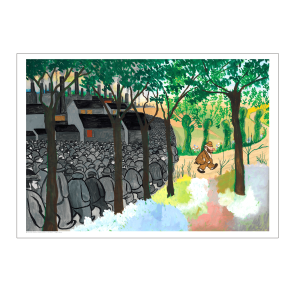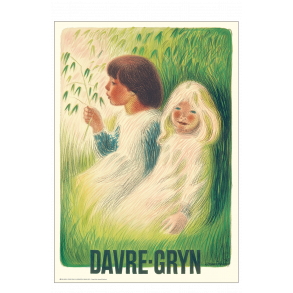Out of all the NASA posters, it has managed to encapsulate the wonder and wonder of the outer space wonderfully best. At the same time, it is also the only poster where children are part of the motif - and who are the best in the world, to be ripped off to the imagination? It's just kids. That way, the Trappist 1e poster fits in with a glove with NASA's overall idea behind the posters. NASA would like to promote the childish soul that does not cease to be as insignificant as laws of nature and technological limitations. NASA would like people to dump reason for a brief moment so they can dream out in the great universe. At the beginning of the 20th century, no one had dared believe that one day we would actually leave Earth - that we would land on the moon and that we would get spacecraft to take pictures of other planets. But we did - and according to NASA, the journey started into space the moment humanity began to fantasize about it. If we are to go further out, and if we are to discover more, then it is not possible that the imagination stalls. About 40 light-years from Earth, one finds Trappist-1e. Seems like the planet is overwhelmingly beautiful: At first glance, Trappist-1e and its 7 neighboring planets resemble sparkling objects on a red sky. This particular view is due to the fact that the planets in the Trappist-1 system orbit very close to a "cold", red star. All 7 planets consist of different types of stones and metals, which in itself is a rarity. Despite the fact that the planes' orbits are close, they do not bump into each other. They, on the other hand, orbit in harmony. In other words, the Trappist-1e is in the more peaceful part of the universe. For this, it is very likely that Trapist-1e has liquid water, being in the "habitable" zone relative to its star.





